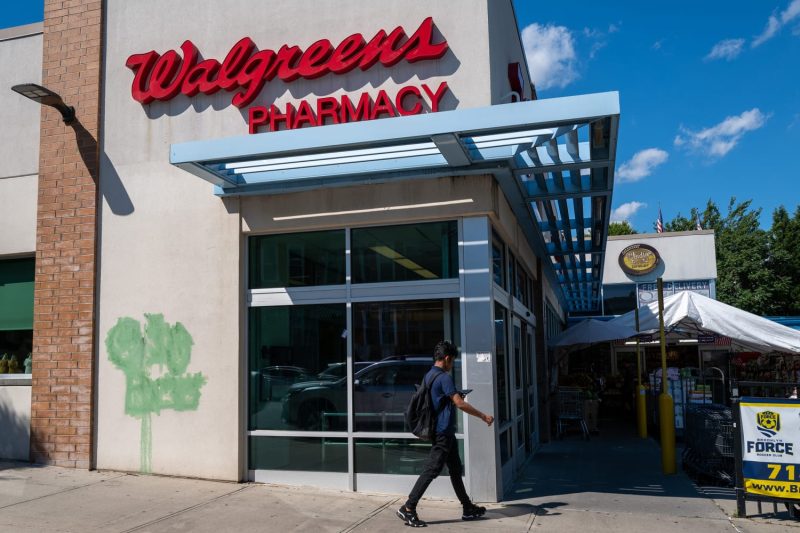Walgreens, one of the largest pharmacy chains in the United States, has recently announced its decision to shut down approximately 200 of its underperforming stores annually over the next three years. This strategic move comes as part of the company’s broader cost-cutting initiative to streamline operations and improve overall efficiency amidst a challenging retail landscape.
The decision to close stores is a significant one for Walgreens, given its longstanding presence in communities across the country. With changing consumer behaviors, increased competition, and rising healthcare costs, the company has been facing pressure to adapt its business model to remain competitive and sustainable in the long run.
As the retail industry continues to evolve rapidly, traditional brick-and-mortar stores are finding it increasingly challenging to keep up with the shifting demands of consumers. The rise of e-commerce giants, such as Amazon, has disrupted the retail landscape, forcing companies like Walgreens to reevaluate their physical footprint and explore more cost-effective strategies to stay relevant.
By closing underperforming stores, Walgreens aims to optimize its store base and redistribute resources to more profitable locations. This strategic realignment will not only help the company cut costs but also enhance its focus on high-potential markets and innovative services to meet the evolving needs of consumers.
However, the decision to close stores is not taken lightly, as it also has implications for employees, local communities, and customers. Walgreens has mentioned that efforts will be made to ensure a smooth transition for affected employees, including opportunities to relocate to other stores or receive severance packages. The company is also committed to working with local stakeholders to minimize the impact of store closures on communities that heavily rely on these stores for their healthcare needs.
In addition to store closures, Walgreens is exploring new revenue streams and partnerships to diversify its business and drive growth in a rapidly changing environment. The company has been investing in digital technologies, expanding its healthcare services, and launching innovative initiatives to enhance the overall customer experience and differentiate itself from competitors.
In conclusion, Walgreens’ decision to close 1,200 stores over the next three years reflects its commitment to adapt to the evolving retail landscape and ensure the long-term sustainability of its business. While this move may pose challenges in the short term, it is a necessary step for the company to remain competitive and continue serving its customers effectively in the future. By focusing on strategic realignment, cost optimization, and innovation, Walgreens aims to position itself for success in a dynamic and competitive marketplace.
